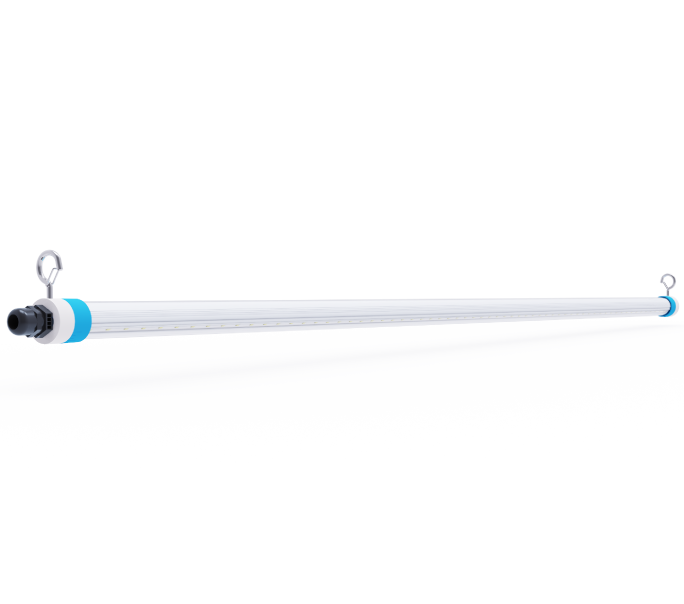.png)
What Matters to Poultry Lighting?
Proper Poultry Lighting in Production
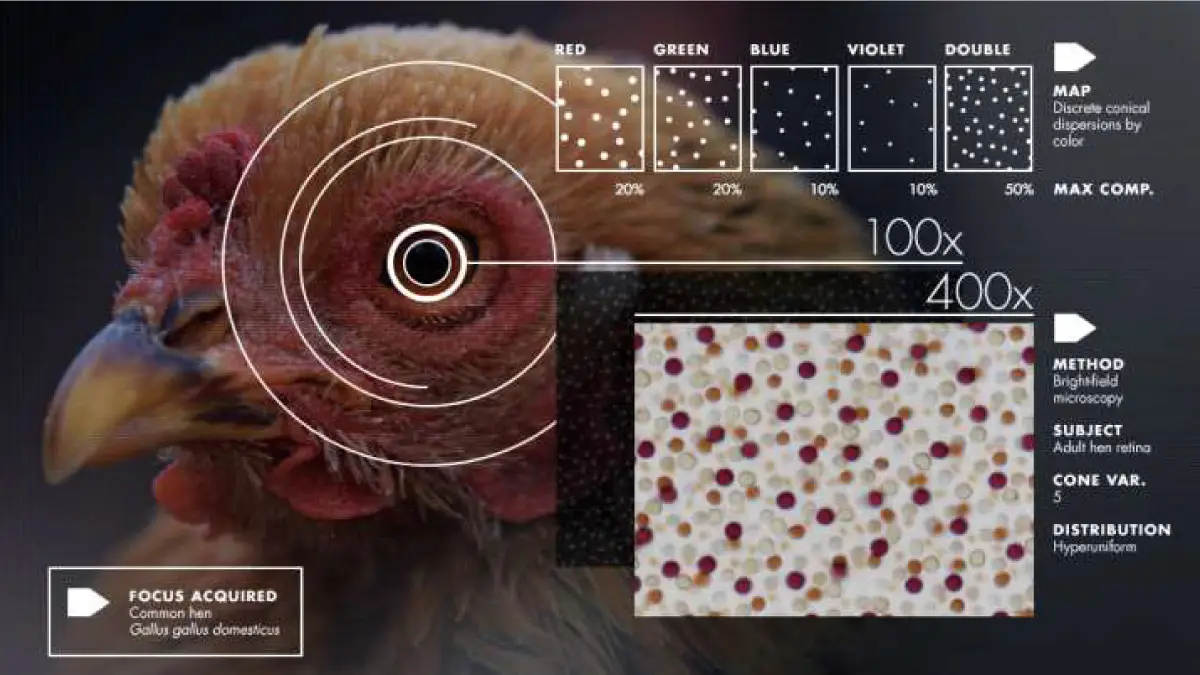
Light Levels & Duration of Light
Light intensity (illuminance) and photoperiod (duration of light exposure) are two key parameters:
Light Intensity: Proper intensity reduces aggressive behaviors like cannibalism, promotes uniform feeding and drinking patterns, and minimizes stress.
Photoperiod: Regulates reproductive cycles, egg production, and growth rates. For example:
Broilers benefit from 16–18 hours of light to encourage consistent feed intake and optimal growth.
Laying hens require 14–16 hours of light to support egg-laying cycles and reproductive hormone regulation.
Research shows that managing both intensity and photoperiod can significantly improve feed conversion rates, reduce mortality, and increase overall flock performance.
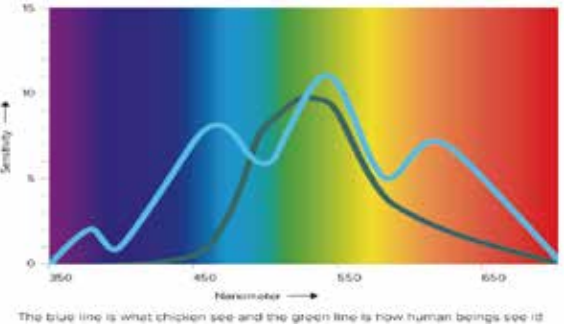
Chicken's Sensation
Chickens perceive light and color differently from humans. While humans have three types of color receptors (red, green, blue), chickens possess an additional ultraviolet-sensitive cone, giving them enhanced color discrimination and spatial awareness.
Ultraviolet perception: Helps chickens recognize each other, maintain social hierarchies, and reduce harmful pecking.
Color sensitivity: Specific wavelengths can be used to manipulate behavior and productivity.
Lighting systems that take chickens’ unique visual spectrum into account help minimize stress, reduce aggression, and promote natural behaviors.
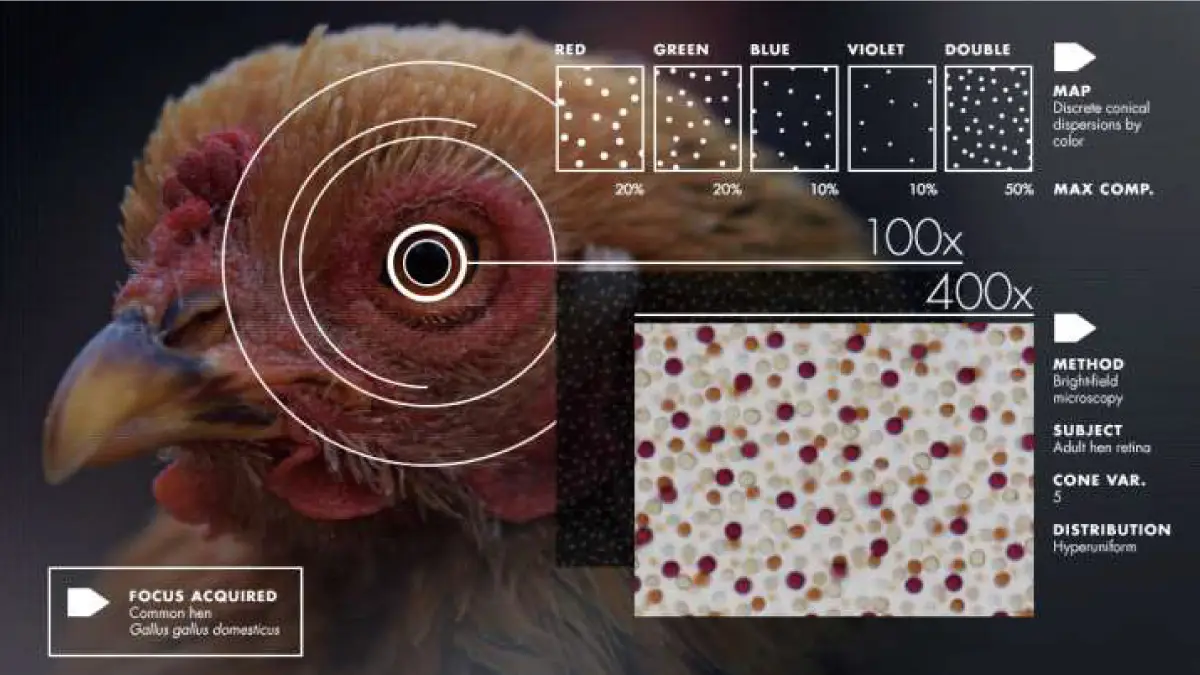
Key Factors(1)
a) Optimum Distribution
Uniform light distribution ensures that chickens are evenly spread across the barn, reducing crowding, wet litter, and the risk of pododermatitis (footpad lesions). Proper placement of fixtures is critical to prevent dark spots and shadows.
b) Dimmable Systems
Dimmable lighting allows simulation of sunrise and sunset, reducing sudden stress caused by abrupt light changes. Gradual dimming can calm birds during handling and prevent panic during routine operations.
.png)
Key Factors(2)
c) Light Levels for Different Poultry Types
Broilers: Minimum 20 lux over 80% of floor space.
Laying Hens: 20 lux for general activity; higher levels (40–60 lux) for breeding birds.
d) Light Colors and Their Effects
Blue Light: Calms birds, reduces stress during catching and transport.
Red Light: Stimulates feeding and enhances egg production.
Green Light: Promotes early growth, accelerates skeletal muscle development, and supports sexual maturity.
By customizing light color and intensity according to the species, age, and production stage, producers can maximize both growth and reproductive performance.
.png)
Benefits
1. High Poultry Performance:
a). Increased egg production
b). Improved feed conversion ratio
c). Enhanced growth and muscle development
2. Reduced Poultry-Related Costs:
a). Fewer floor eggs
b). Lower mortality rates
c). Reduced antibiotic use due to healthier birds
3. Lower Operational Costs:
a). Energy-efficient LED systems reduce electricity costs
b). Less labor for flock management
c). Lower replacement and maintenance costs due to durable lighting solutions
.png)
Advanced LED Lighting Solution
Modern LED lights for poultry with fluorescent ceramic or high-durability components are increasingly preferred due to:
1). Resistance to high humidity, ammonia, and dust in poultry houses
2). Long service life, reducing replacement costs
3). Energy efficiency and controllable light spectrum for precise biological regulation
Investing in scientifically designed lighting systems ensures healthier birds, higher production, and better return on investment.
.png)
Poultry Lighting Bulbs D80
The D80 Poultry Lighting Bulb is engineered to provide a high-performance, stress-free lighting solution that supports healthy poultry growth while ensuring energy efficiency and ease of maintenance.
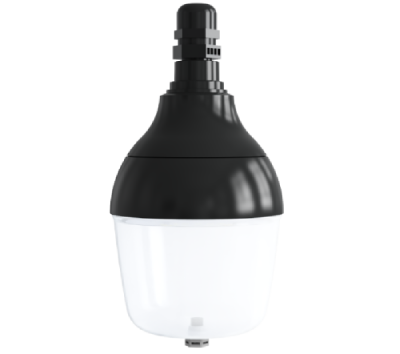
Livestock light T5
T5 LED Poultry Lighting System provides solution for chickens to increase egg output, lower mortality, longer peak production period and improve animal welfare. By using intelligent poultry LED lighting system for raising chickens, it is beneficial for higher quantity and quality of eggs, maturity at a faster rate and higher standard of health, compared with way of chicken raised under traditional light sources.
Livestock light T8
T8 LED Poultry lighting system provides solution for chickens to increase egg output, lower mortality, longer peak production period and improve animal welfare. By using intelligent poultry LED lighting system for raising chickens, it is beneficial for higher quantity and quality of eggs, maturity at a faster rate and higher standard of health, compared with way of chicken raised under traditional light sources.
